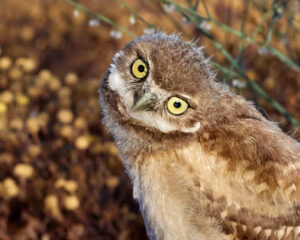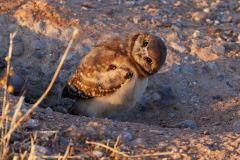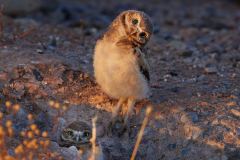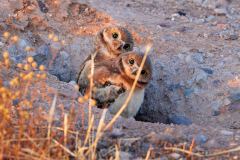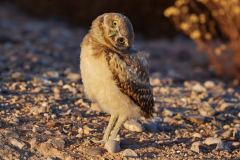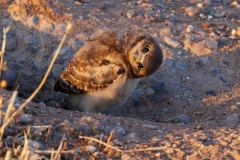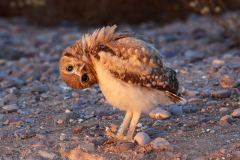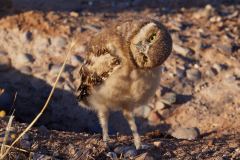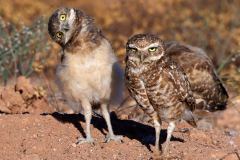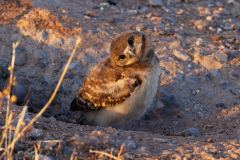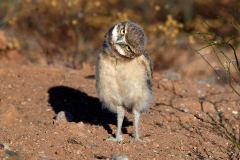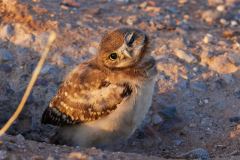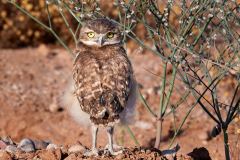For those of you who have been fortunate enough to have seen a young owl, you may have noticed how “cute” it appears to be when it bobs its head up and down or to the side of its body. But, what are they actually doing when they display this kind of behavior? I don’t think they view themselves as being “cute.” That’s just our interpretation.
According to the Audubon website: “All these varied head movements help the owl judge the position and distance of things around it – essentially, to triangulate on objects, including potential prey, and to build a composite picture of its surroundings. This head-bobbing helps make up for an anatomical limitation: An owl’s eyes are fixed in position, so they simply can’t move (in the skull) the way our eyes do. To look up, down, or to the side, an owl has to move its head. They have very flexible necks and can do 270 degrees of a full head turn, looking over one shoulder, around the back, and almost over the opposite shoulder. And after a few of these head-bobs to triangulate on their prey, they rarely miss.” Scientists have come up with a name for this phenomenon – motion parallax. Dozens of very technical studies delve into this subject in great detail. But, those details are well beyond the scope of this article.
Suffice to say, the bobbing and twisting behavior is particularly evident in young owls as they begin to experience and understand the sights and sounds of their environment. Few owls are more expressive and spontaneous than Burrowing Owls. Watching their youngsters’ antics will quickly introduce you to a layman’s understanding of motion parallax and sound localization. In addition to improving their visual depth perception, the owlets are also learning to concentrate on the sounds around them with their various head tilts.
As a human, for example, if you hear a strange sound, you might turn your head slightly from side to side to identify what it is and where it’s coming from. Burrowing Owls do the same thing, but have the added advantage of being able to twist their heads in amazingly “non-human” directions.
Here are several photographs of Burrowing Owl owlets first experiencing my camera’s shutter clicks as I photographed them and then trying to identify the unfamiliar noise and why a big white lens pointed in their direction.
I’d like you to pay particular attention to the last photograph in this series of the little owlet. It’s an amazing feat, and one that I completely overlooked until I’d reviewed my series of photographs several times over many weeks. Hint: Think about the movie The Exorcist?
